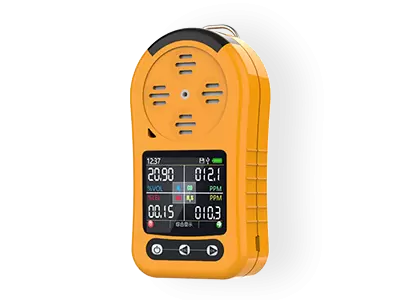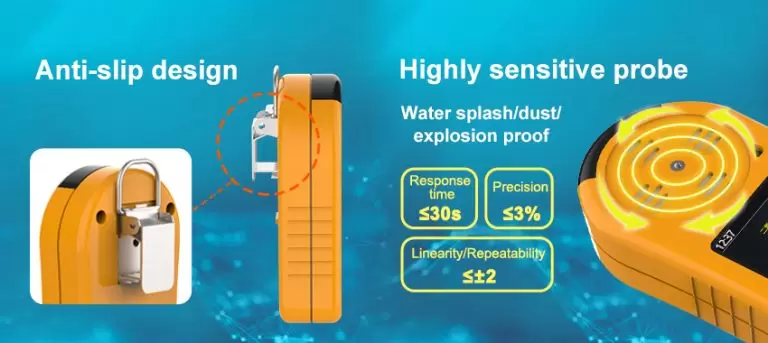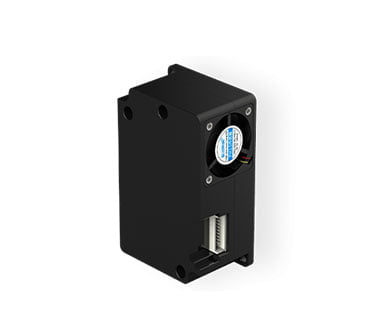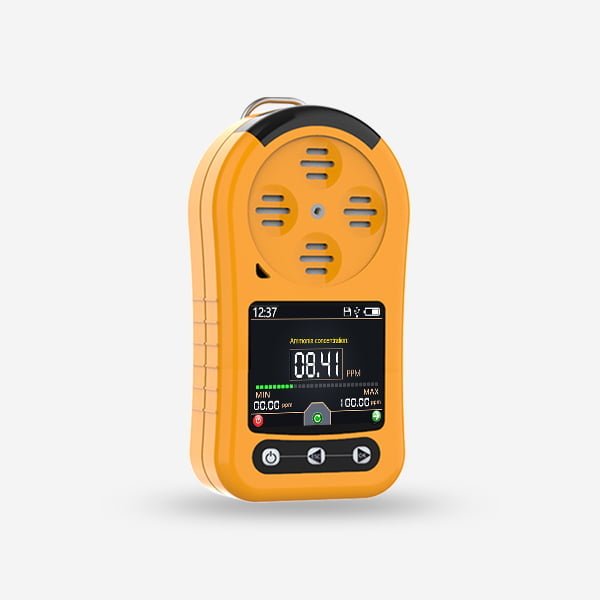Introduction:
CO2 gas detectors play a crucial role in ensuring safety and preventing potential hazards in various industries and settings. This practical guide aims to provide a comprehensive overview of CO2 gas detector technology, including its principles, applications, and important considerations for selecting and using these devices effectively.

Application of CO2 gas detectors:
Principles of CO2 Gas Detection: CO2 gas detectors operate based on different principles, including infrared (IR) absorption, non-dispersive infrared (NDIR) technology, and chemical reactions. IR absorption detectors utilize the principle that CO2 gas absorbs specific wavelengths of infrared light. This change in light absorption is then converted into an electrical signal, indicating the presence of CO2 gas. NDIR technology, on the other hand, measures the amount of infrared light absorbed by CO2 gas in a sample chamber. Chemical reaction-based detectors rely on the reaction between CO2 gas and specific chemicals to produce a measurable signal.
Applications of CO2 Gas Detectors: CO2 gas detectors find applications in various industries and settings. In industrial environments, these detectors are used to monitor CO2 levels in confined spaces, such as storage tanks, chemical processing plants, and underground mines. They are also utilized in HVAC systems to ensure proper ventilation and prevent the buildup of CO2 in enclosed spaces. Additionally, CO2 gas detectors are crucial in the food and beverage industry to monitor and control CO2 levels during carbonation processes and in breweries and wineries to prevent excessive CO2 concentrations.
Selecting the Right CO2 Gas Detector: Several factors should be considered when selecting a CO2 gas detector for a specific application. These include the required measurement range, accuracy, response time, and the environmental conditions in which the detector will be used. It is important to choose a detector that can accurately measure CO2 levels within the desired range and provide real-time monitoring. Additionally, the detector should be able to withstand the environmental conditions, such as temperature, humidity, and potential exposure to chemicals or dust.
Installation and Maintenance: Proper installation and regular maintenance are essential for the effective functioning of CO2 gas detectors. The detectors should be placed in strategic locations where the potential presence of CO2 gas is highest. Regular calibration and testing are necessary to ensure accurate readings. It is also important to keep the detectors clean and free from any obstructions that could interfere with their performance.
Safety Considerations: CO2 gas can pose significant risks to human health and safety, making the proper use of gas detectors critical. It is essential to establish appropriate alarm thresholds and evacuation procedures in case of high CO2 levels. Regular training and awareness programs should be conducted to educate personnel on the importance of CO2 gas detection and the necessary actions to take in case of an emergency.

Conclusion:
CO2 gas detectors play a vital role in ensuring safety and preventing potential hazards in various industries and settings. This practical guide has provided an overview of CO2 gas detector technology, including its principles, applications, and important considerations for selecting and using these devices effectively. By understanding the principles and proper usage of CO2 gas detectors, industries can ensure a safe working environment and protect against the potential risks associated with CO2 gas.





